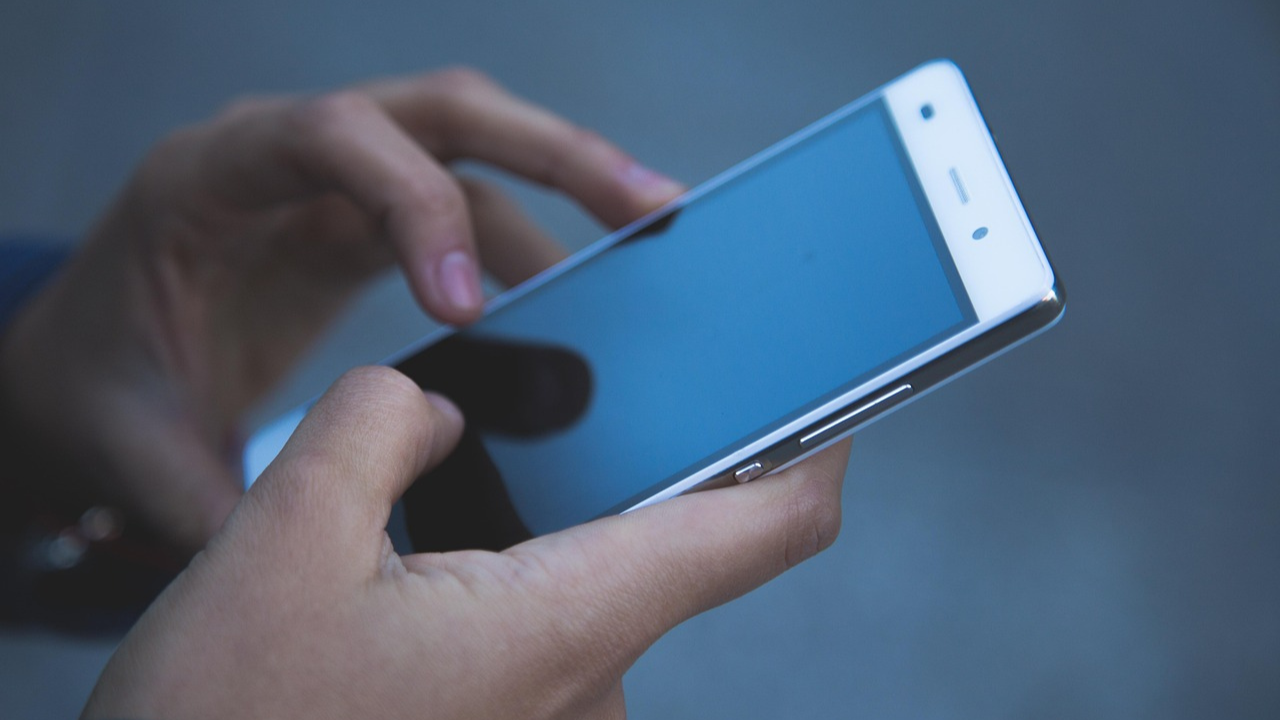
Vocabulary:
I will read the words, meanings, and sample sentences. Then, repeat after me.
- profound /pruh-FOUND/
- implement /IM-pluh-muhnt/
- articulate /ahr-TIK-yuh-lit/
- formidable /FAWR-mi-duh-buhl/
- fundamentally /fuhn-duh-MEN-tl-ee/
[adjective] – felt or experienced very strongly or in an extreme way
The movie had a profound effect on the audience.
[verb] – to start using a plan or system
The school will implement a new rule next month.
[verb] – to express thoughts and feelings clearly in words
She can articulate her ideas clearly in meetings.
[adjective] – causing you to have fear or respect for something because it is large, powerful, or difficult
The mountain was a formidable challenge for hikers.
[adverb] – in a basic and important way
The new rule is fundamentally different from the old one.
Article reading:
Please read the whole article. Then, I will check your pronunciation and intonation.
In 1973, a telecommunications engineer from Chicago made the first public mobile phone call while standing on a sidewalk in Manhattan. This event marked a turning point in communication history. The engineer, who worked for Motorola, created a four-pound device that would later become the first commercially available mobile phone. Since then, the device has evolved into a lightweight smartphone used by over 4.6 billion people globally. The invention has become a profound part of daily life, with smartphones now acting as tools for messaging, internet access, and entertainment. According to a mobile network association, almost 60% of the world’s population had mobile internet access in 2023. In many parts of the world, the phone is no longer just a tool but a symbol of being connected to society.
Today, the mobile phone continues to develop into something more advanced. The original inventor, now 96 years old, believes that phones will become health-monitoring devices that run on body energy instead of batteries. These devices may conduct real-time health checks and inform doctors immediately. Some experts say this could change the future of medicine. However, there are concerns about overuse, especially among children. Teachers and psychologists have reported that too much screen time affects learning and social skills. To address this, seven states in the U.S. have already implemented school phone bans, while twenty others are discussing similar policies. Some suggest that phones should be used as educational tools that help learners articulate their ideas better. Despite these debates, the mobile phone remains a formidable invention that has fundamentally changed human interaction and society. Many believe that its full potential is still unrealized.
Today, the mobile phone continues to develop into something more advanced. The original inventor, now 96 years old, believes that phones will become health-monitoring devices that run on body energy instead of batteries. These devices may conduct real-time health checks and inform doctors immediately. Some experts say this could change the future of medicine. However, there are concerns about overuse, especially among children. Teachers and psychologists have reported that too much screen time affects learning and social skills. To address this, seven states in the U.S. have already implemented school phone bans, while twenty others are discussing similar policies. Some suggest that phones should be used as educational tools that help learners articulate their ideas better. Despite these debates, the mobile phone remains a formidable invention that has fundamentally changed human interaction and society. Many believe that its full potential is still unrealized.
Discussion Questions:
I will read each question. Then, please answer them.
- Have you ever used a mobile phone for school or homework? If so, what did you use it for? If not, would you like to try? Why or why not?
- Have you seen someone using their phone to check health or fitness? If so, what were they checking? If not, would you want to try? Why or why not?
- Do you agree that mobile phones have changed how people connect with others?
- What could happen if people depend too much on mobile phones?
- What are the possible dangers of phones becoming tools for health monitoring?
Summarization
Please summarize the whole article using your own words and expressions. You will have one minute to prepare before you answer.
Describe:
Please explain the definition of each word listed below based on your understanding. You can provide example sentences if needed.
- engineer
- globally
- device
- concern
- debate